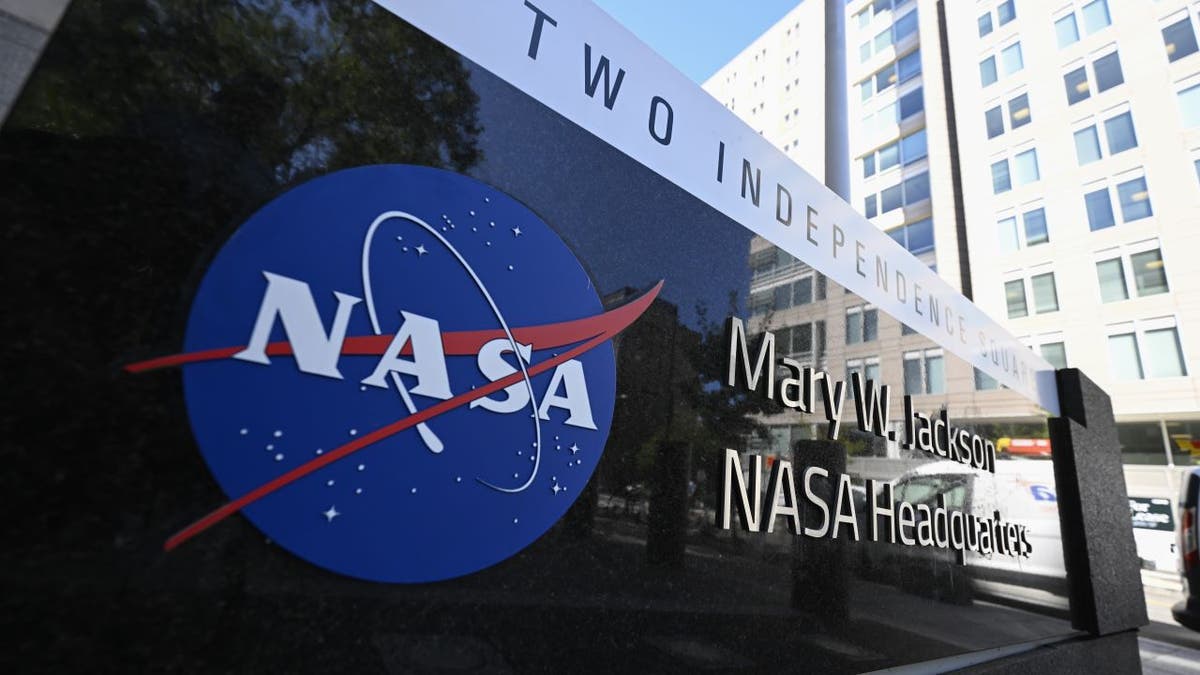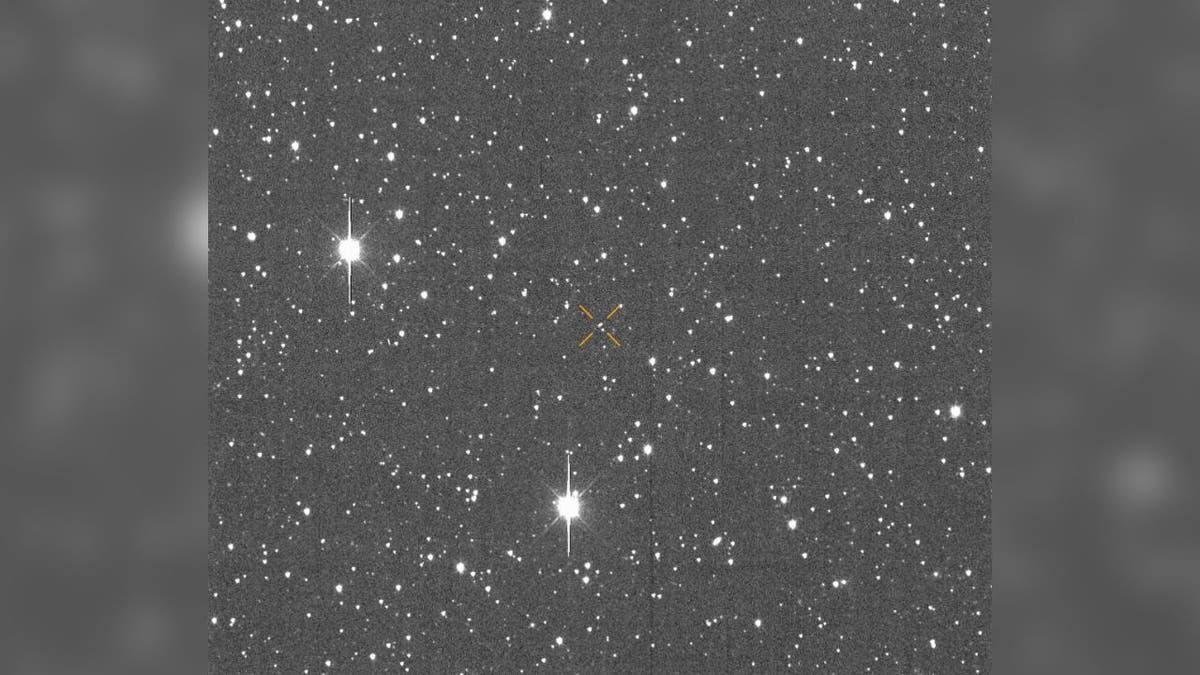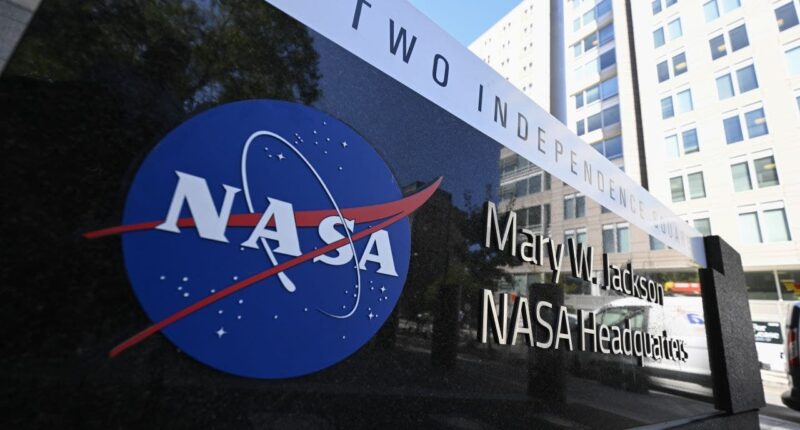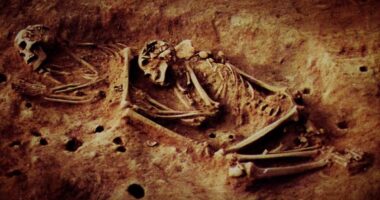The chances of a giant space rock striking the Earth have decreased, but NASA and other space agencies are still devising a plan to obliterate it.
Asteroid 2024 YR4, a recently discovered planetoid, now has a 1.5% probability of making impact with Earth, according to NASA.
Despite the decreased probability of impact, which is now lower than the previous 2.6% estimation and higher than the initial 1% prediction in late January, global organizations are strategizing on how to eliminate the celestial rock, if necessary.

(Celal Gunes/Anadolu Agency via Getty Images)
The chances of a collision are subject to change as scientists gather more information about the asteroid’s orbit around the sun, and there is a possibility that the likelihood will eventually diminish to zero.
In March, NASA and the European Space Agency’s Webb Space Telescope are scheduled to observe this asteroid that passes close to Earth before it becomes unobservable. It is expected to reappear in 2028.
While the asteroid is only classified as a Level 3 out of 10 on an asteroid hazard scale, it remains capable of “localized destruction.”

This image made available by University of Hawaii’s asteroid impact alert system on Dec. 27, 2024, highlights where asteroid 2024 YR4 would be. (ATLAS/University of Hawaii/NASA via AP)
The alert level is the second highest recorded since 2004 when the asteroid Apophis reached Level 4, according to previous reporting.
Researchers later found that Apophis would safely pass Earth in 2029.
Fox News Digital’s Michael Dorgan, Fox Weather and the Associated Press contributed to this report.
















